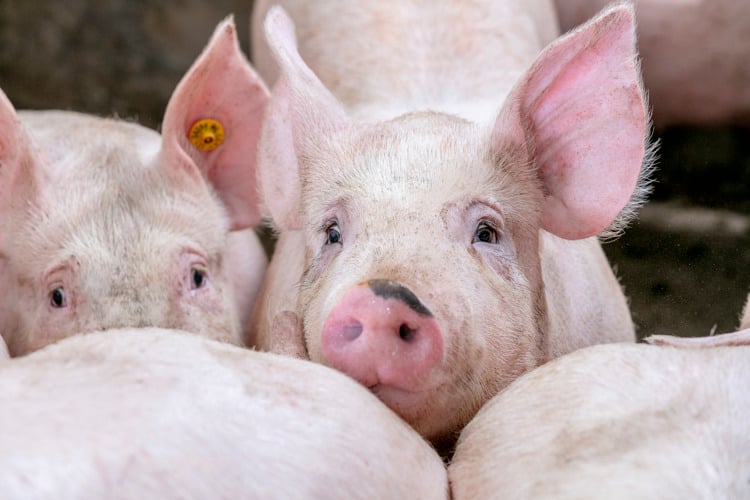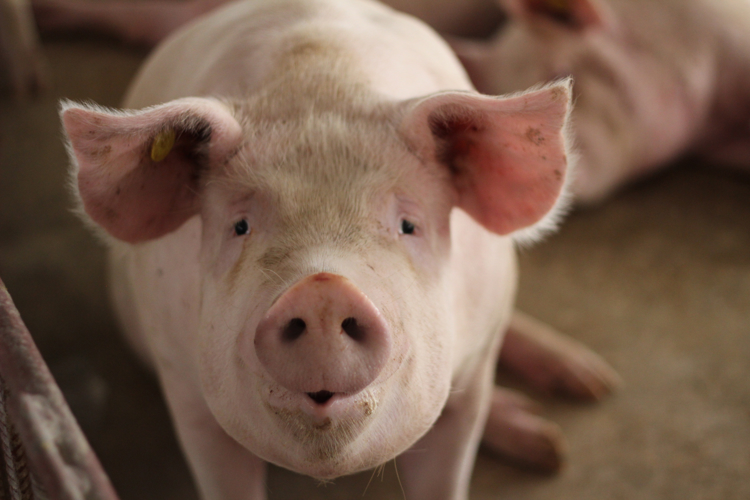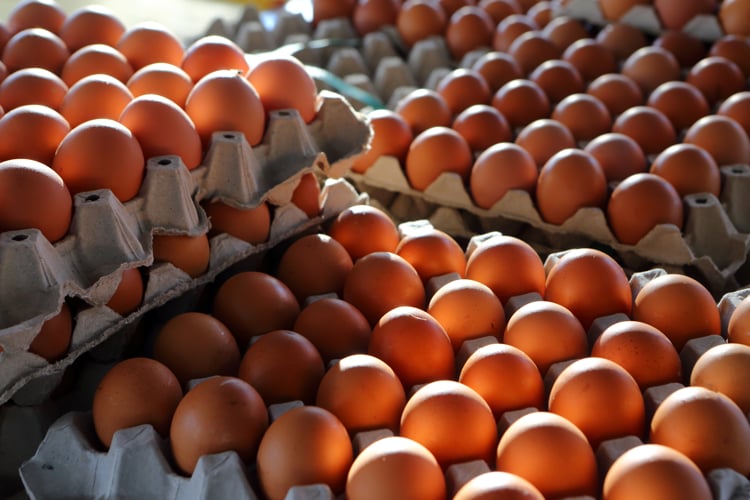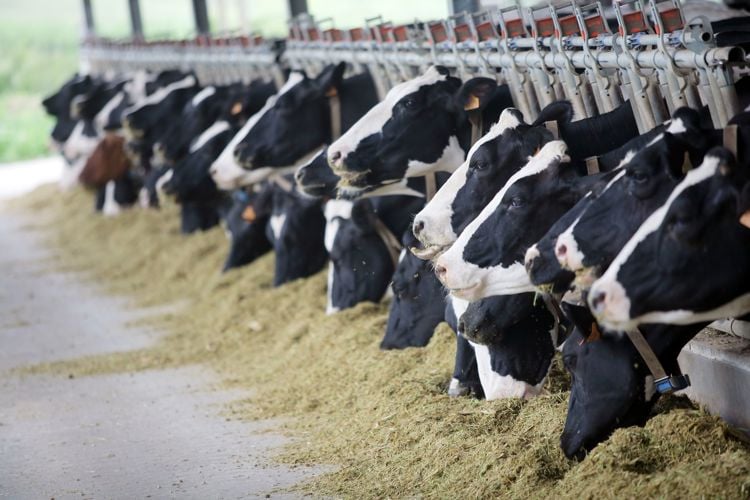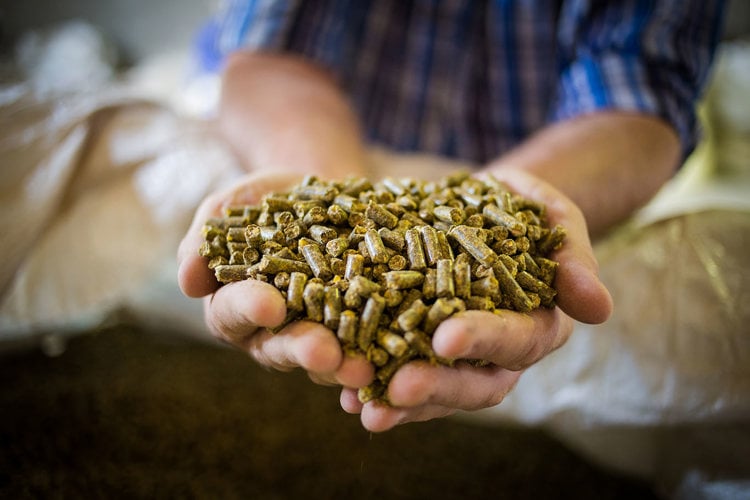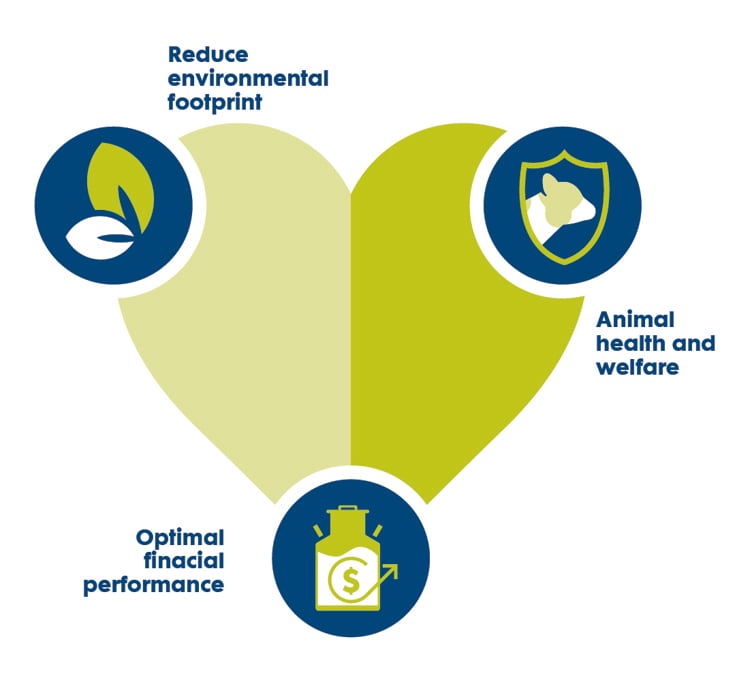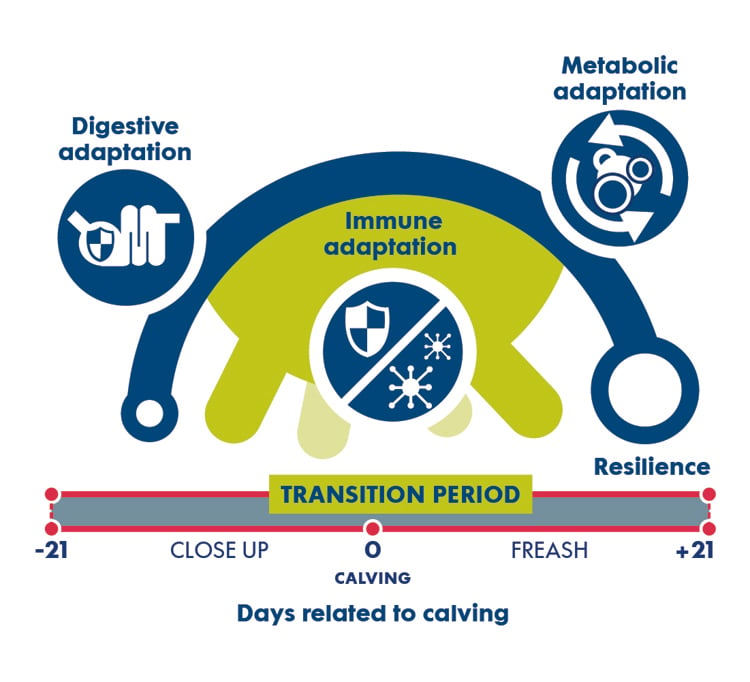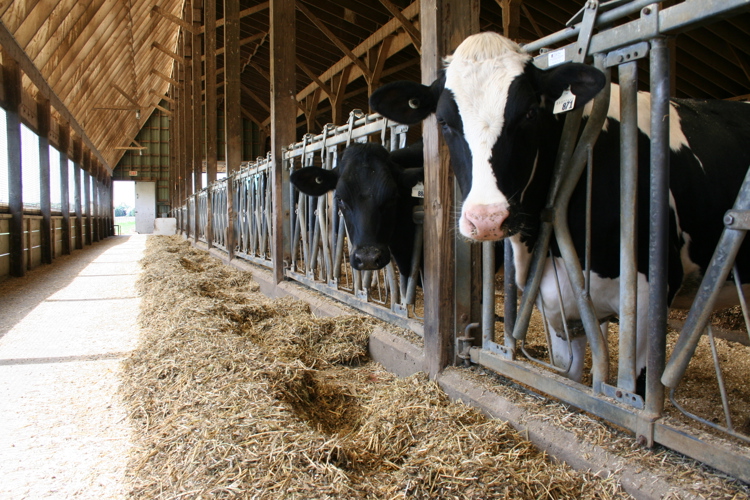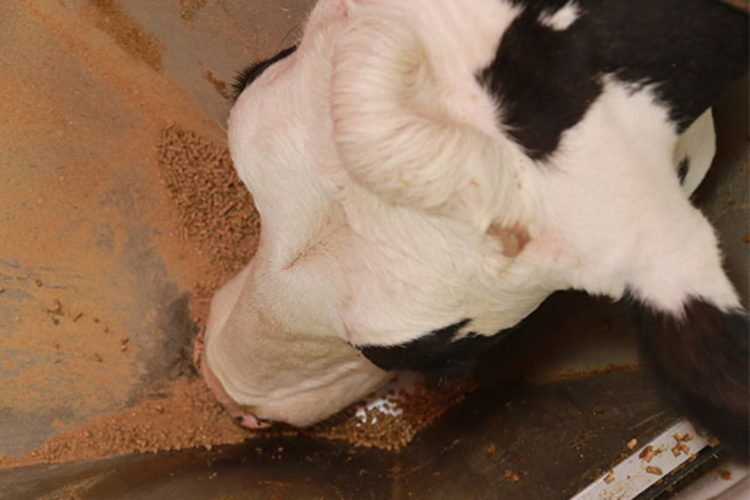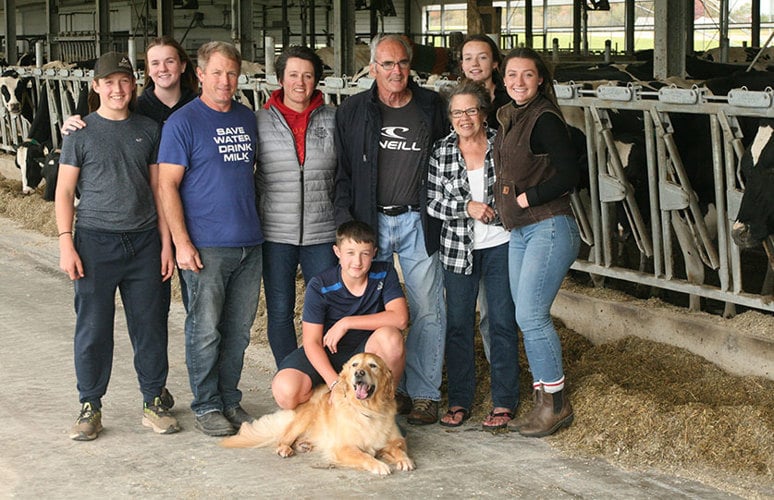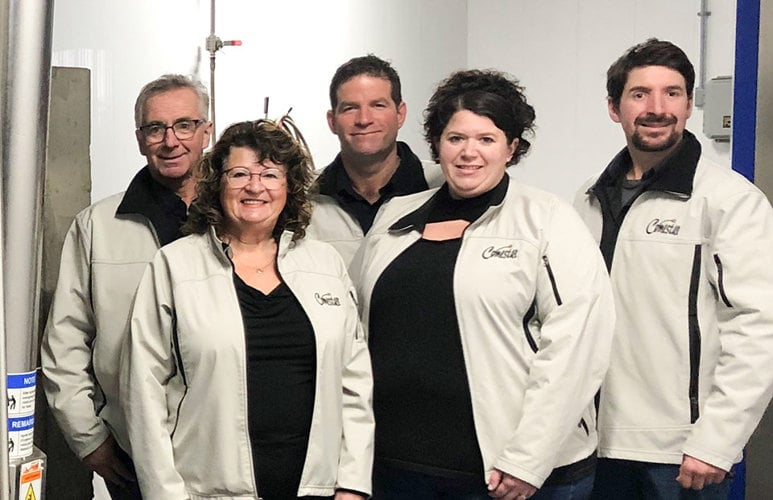
Around the world, egg producers are moving toward extended laying cycles. In Canada, we are seeing cycles last 80–85 weeks, while in Europe they can reach 100 weeks of production. This shift in cycle length offers opportunities, but not without challenges, particularly if we want hens to keep producing high-quality eggs to meet market needs while maintaining profitability.

